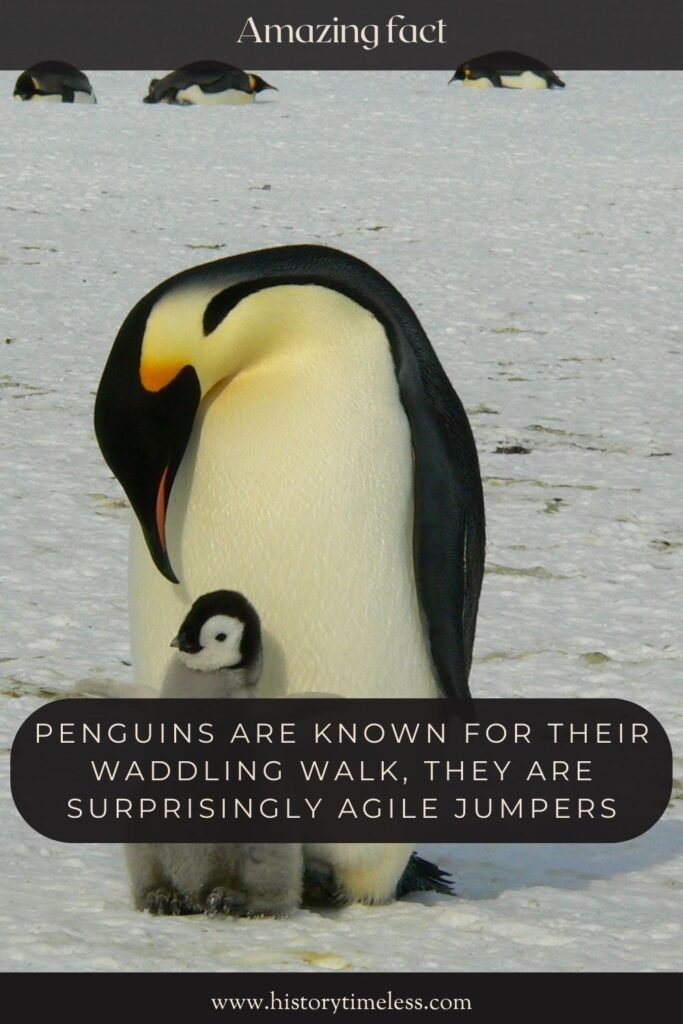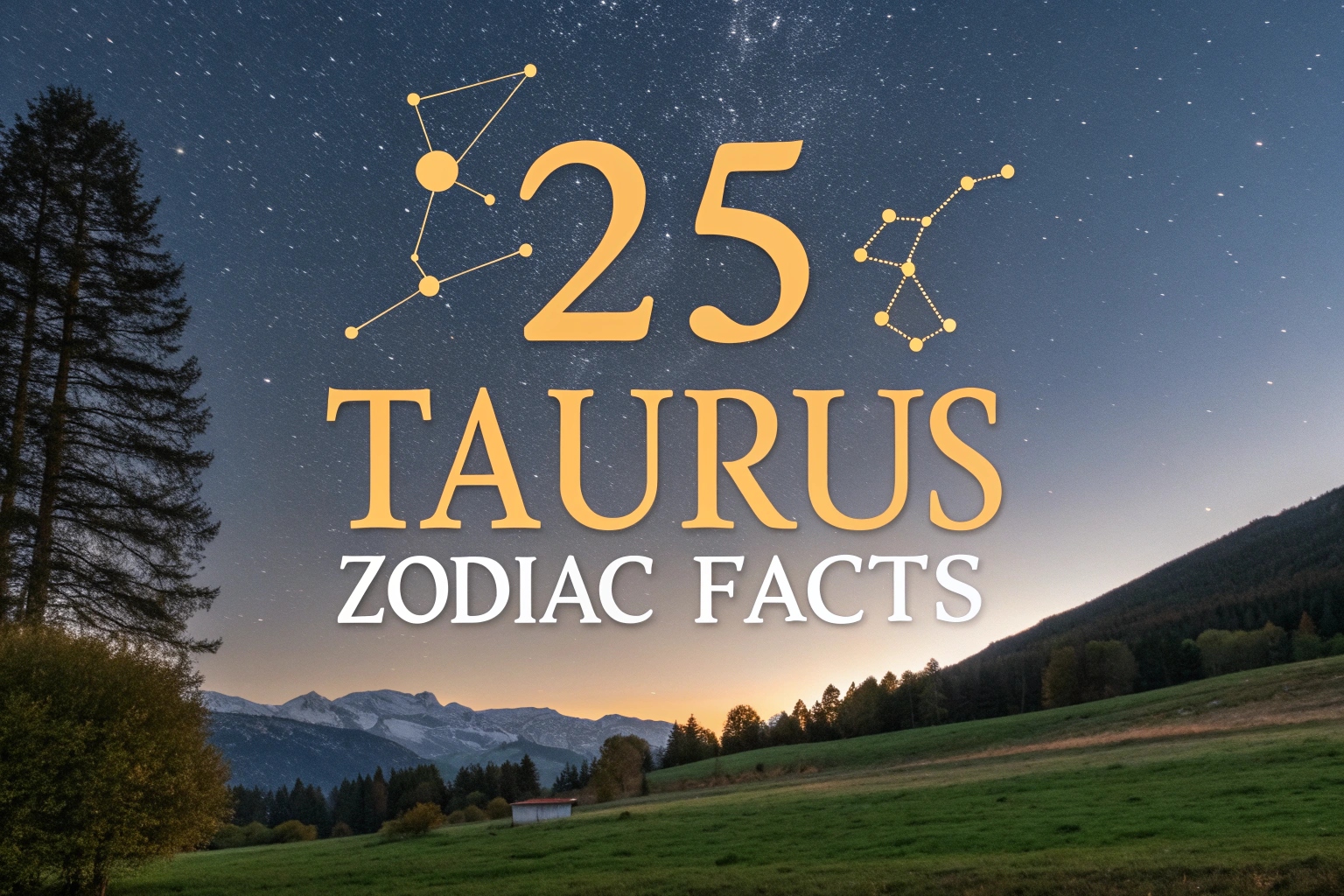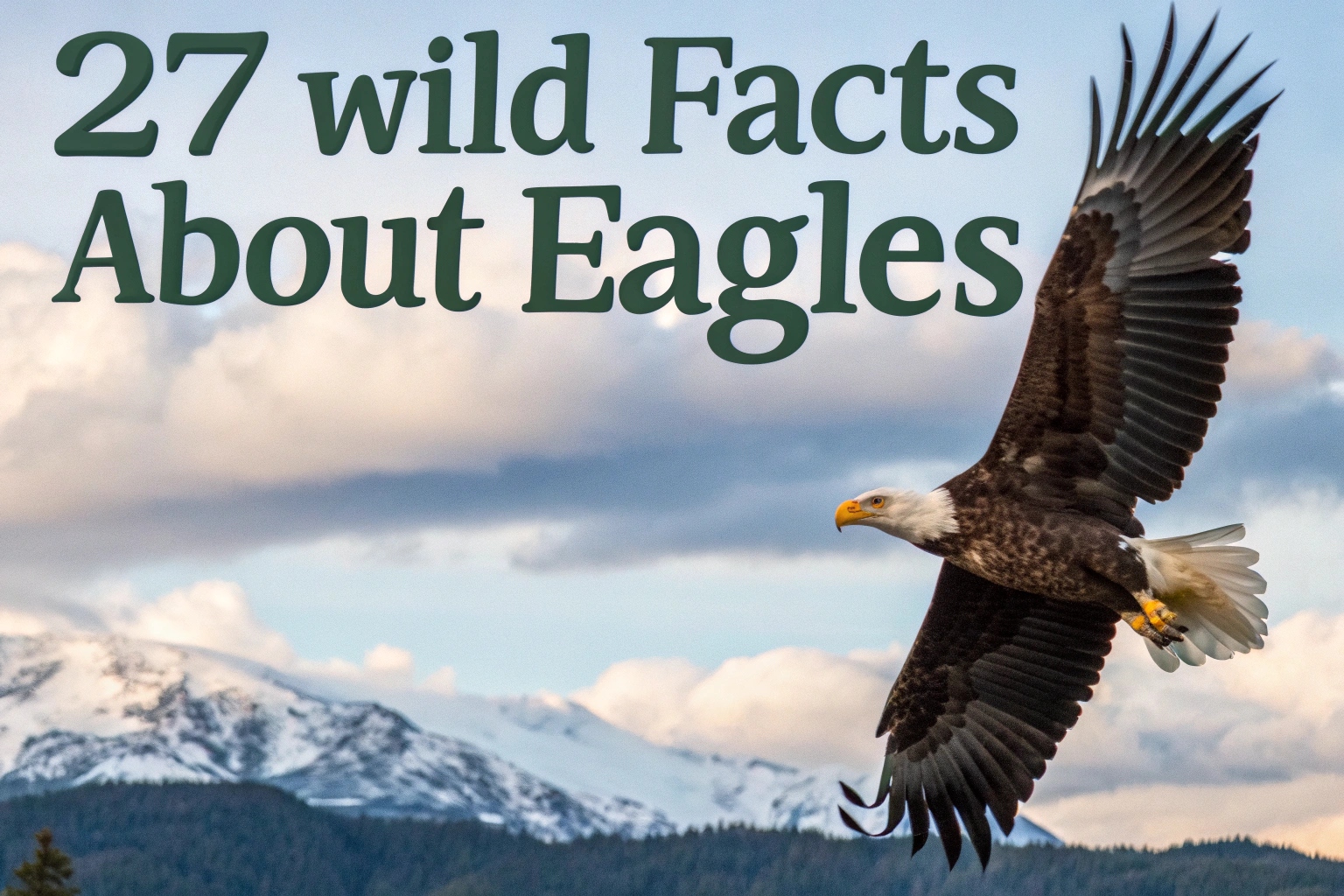Ever feel like you know everything there is to know? Think again! The world is brimming with fascinating and often unbelievable truths just waiting to be discovered.
From the wonders of nature to the quirks of human behavior, prepare to be amazed. We’ve compiled a list of ten genuinely cool facts that are sure to spark your curiosity and leave you wanting to learn even more.
Let’s dive into the amazing world of “did you know?” and uncover some truly mind-blowing insights.
1. The Unsung Hero of Taste: Your Saliva Plays a Crucial Role
Ever wondered why food tastes so bland when you have a dry mouth? That’s because saliva isn’t just for keeping your mouth moist; it’s essential for taste. Taste buds can only detect flavors in liquid form.
Saliva dissolves the chemicals in food, allowing them to reach your taste receptors. This watery wonder also contains enzymes that begin the digestion process, breaking down food before it even reaches your stomach. So next time you savor a delicious meal, remember to thank your amazing saliva!
2. Honey: Nature’s Sweetness That Never Spoils
Imagine a food that can last for centuries without going bad. That’s honey! Thanks to its low water content, high acidity, and the presence of hydrogen peroxide, honey is naturally antibacterial and resistant to spoilage.

Archaeologists have even discovered pots of edible honey in ancient Egyptian tombs, thousands of years old!
This golden liquid is not just a delicious sweetener but also a testament to nature’s incredible preservation abilities. So, feel free to stock up – your honey will be good for the long haul.
3. Bananas: Berries in Disguise and Botanically Intriguing
Prepare for a fruity revelation! Botanically speaking, bananas are classified as berries. This might seem surprising, as we typically associate berries with small fruits like strawberries and blueberries.
However, the botanical definition of a berry is based on its internal structure, specifically developing from a single ovary of a flower.
This puts bananas, along with avocados, tomatoes, and even pumpkins, into the berry family. It just goes to show, nature loves to play with our expectations!
4. The Sahara Desert: Not Just Sand, But A History of Green
The vast Sahara Desert, a seemingly endless expanse of sand, wasn’t always so barren. Believe it or not, thousands of years ago, the Sahara was a lush, green landscape teeming with life.
Paleoclimatologists have found evidence of ancient lakes, rivers, and grasslands, indicating a much wetter climate.
Changes in Earth’s tilt and orbit gradually transformed this verdant paradise into the arid desert we know today. The Sahara’s sands hold secrets of a greener past, a reminder of our planet’s dynamic climate history.
5. Octopuses: Three Hearts and Blue Blood in a Smart Package
Octopuses are truly remarkable creatures, and their anatomy is just as fascinating as their intelligence. They possess not one, not two, but three hearts!
Two hearts pump blood through the gills, while the third circulates blood to the rest of the body. Adding to their uniqueness, octopus blood is blue, thanks to a copper-based protein called hemocyanin, instead of iron-based hemoglobin in humans. These intelligent invertebrates are full of surprises!
6. Cleopatra’s Time Travel: Closer to iPhones Than Pyramids
Cleopatra, the iconic queen of Egypt, lived closer in time to the invention of the iPhone than to the construction of the Great Pyramid of Giza.
This mind-bending fact highlights just how ancient the pyramids truly are. The Great Pyramid was completed around 2560 BC, while Cleopatra lived from 69 BC to 30 BC.
The iPhone, on the other hand, was released in 2007 AD. History is full of surprising timelines that reshape our perception of the past.
7. Otters: Holding Hands While They Sleep to Stay Together
Otters are adorable and intelligent animals, and their sleeping habits are just as endearing. To prevent drifting apart while napping in rivers or oceans, sea otters often hold hands.
This heartwarming behavior ensures that family groups or rafts of otters stay close together, even when they are asleep and the current is pulling them in different directions. It’s a charming example of animal cooperation and social bonding in the wild.
8. The Sound of Silence: Space is Truly, Utterly Quiet
In space, no one can hear you scream, and not just in a movie sense. Space is a vacuum, meaning it’s almost entirely devoid of matter.
Sound waves, which are vibrations that travel through a medium like air or water, have nothing to propagate through in the vacuum of space.
Therefore, space is fundamentally silent. This profound silence is a stark contrast to the sound-filled environments we experience on Earth, making space a truly unique and quiet frontier.
9. Your Nose: Remembering 50,000 Scents, A Sensory Superpower
Our sense of smell is far more powerful than we often realize. The human nose can distinguish between at least 50,000 different scents, and some scientists believe it could be even more!
This impressive olfactory ability plays a crucial role in our experiences, influencing our memories, emotions, and even our taste perception.
While we might not consciously appreciate it, our nose is constantly working, processing a vast array of smells that enrich our daily lives.
10. The Earth’s Rotation: Gradually Slowing Down, Adding Time
The Earth isn’t spinning at a constant speed; its rotation is gradually slowing down. This deceleration is incredibly subtle, but it means that each day is getting slightly longer by about 1.5 to 2 milliseconds per century.
Over vast stretches of geological time, this tiny change accumulates. Millions of years ago, a day on Earth was significantly shorter. While we won’t notice the difference in our lifetimes, the Earth’s slowing rotation is a fascinating long-term planetary process. Great!
Ten more fascinating facts coming right up to keep your curiosity piqued! Let’s dive back into the amazing world of “did you know?” and uncover even more incredible insights.
11. The Hummingbird’s Heart: A Tiny Engine Running at Full Throttle
Hummingbirds are marvels of nature, and their tiny hearts are no exception. These miniature powerhouses beat at an astonishing rate, sometimes exceeding 1,200 beats per minute during flight! To put that in perspective, a human’s resting heart rate is typically around 60-100 bpm.
This incredibly fast heartbeat is necessary to fuel the hummingbird’s high metabolism and energy demands as they hover and dart around, sipping nectar from flowers. It’s a testament to the extreme adaptations found in the natural world.
12. Venus: A Day Longer Than Its Year, A Temporal Twist
Prepare for a planetary paradox! On Venus, a single day is longer than its year. Venus rotates incredibly slowly on its axis, taking about 243 Earth days to complete one rotation.
However, it orbits the Sun much faster, completing one revolution in about 225 Earth days. This bizarre temporal quirk means that if you lived on Venus, a “day” (sunrise to sunrise) would last longer than a “year” (one orbit around the sun). It’s a truly mind-bending planetary oddity within our solar system.
13. Bubble Wrap’s Origins: A Failed Attempt at Textured Wallpaper
Believe it or not, bubble wrap wasn’t originally intended to protect fragile items. In 1957, engineers Alfred Fielding and Marc Chavannes were trying to create textured wallpaper by sealing two shower curtains together, trapping air bubbles in between.
Their wallpaper idea flopped, but they soon realized the material’s potential as packaging. Thus, bubble wrap, the satisfying stress-reliever and protective packaging staple, was born from a completely unrelated invention attempt.
14. The Great Barrier Reef: A Living Structure Visible from Space
The Great Barrier Reef, off the coast of Australia, is the largest living structure on Earth. This colossal coral reef system is so vast that it’s visible from space!
Stretching over 1,400 miles, it’s home to an incredible diversity of marine life, including thousands of species of fish, corals, and invertebrates.
This underwater wonder is not only a breathtaking natural spectacle but also a crucial ecosystem facing threats from climate change and pollution, highlighting the importance of its conservation.
15. Penguins Can Jump High: Unexpected Athleticism on Ice
While penguins are known for their waddling walk, they are surprisingly agile jumpers. Despite their flightless nature, penguins can leap several feet into the air, both on land and out of the water.

This jumping ability is crucial for navigating icy terrains, escaping predators, and reaching nesting sites on cliffs or ice floes.
Their powerful legs and streamlined bodies allow them to propel themselves upwards with impressive force, showcasing an unexpected athleticism often hidden beneath their comical waddle.
16. Peanut Butter’s Sticky Challenge: Sticking to the Roof of Your Mouth
Ever wondered why peanut butter seems to have an uncanny ability to stick to the roof of your mouth? This phenomenon is due to a combination of factors.
Peanut butter is hydrophobic, meaning it repels water. Saliva, being mostly water, struggles to break it down.
Furthermore, peanut butter’s thick, sticky texture creates friction against the moist surface of your palate, resulting in that characteristic “peanut butter roof” sensation. It’s a sticky situation caused by the science of food and saliva interaction.
17. The Amazon River: Bridges Absent, A Natural Wonder Untamed
Despite its immense size and importance, there are no bridges that span the entire Amazon River. This is largely due to the Amazon’s unique geography.
Much of the river flows through the Amazon rainforest, a sparsely populated region with challenging terrain and unstable riverbanks.
Building bridges across such vast distances and through such environments would be incredibly complex and costly, making ferries and boats the primary modes of transportation across this mighty river.
18. Your Brain During Sleep: Just as Active as When Awake
Sleep might seem like a period of rest for your brain, but it’s actually a time of intense activity. During sleep, your brain is busy consolidating memories, processing information gathered during the day, and even problem-solving.
Different stages of sleep are characterized by distinct brainwave patterns, and some stages, like REM sleep, are associated with vivid dreaming and high levels of neural activity. Far from shutting down, your brain is actively working to keep you functioning optimally while you rest.
19. The “Fifth Taste”: Umami, Beyond Sweet, Sour, Salty, and Bitter
For a long time, we were taught about four basic tastes: sweet, sour, salty, and bitter. However, scientists have recognized a fifth fundamental taste: umami.
Often described as savory or meaty, umami is triggered by glutamate, an amino acid found in foods like mushrooms, aged cheese, seaweed, and meat. Umami adds depth and richness to flavors, enhancing the overall taste experience.
It’s a taste that has been part of our culinary world for centuries, now officially recognized as a primary taste sensation.
20. Diamonds Aren’t Forever (Geologically Speaking): A Sparkling Truth
Diamonds are renowned for their hardness and durability, but geologically speaking, they are not truly “forever.” Diamonds are a metastable form of carbon, meaning they are not the most stable form of carbon under Earth’s surface conditions.
Over vast stretches of time, diamonds will eventually convert back to graphite, a more stable form of carbon at lower pressures and temperatures.
This transformation is incredibly slow, taking billions of years, but it reminds us that even the most precious materials are subject to the laws of thermodynamics over geological timescales.
Alright, just 5 more mind-blowing facts to round out our collection! Let’s keep the wonder going with these final gems of knowledge.
21. The Earth’s Magnetic Field: A Shield Protecting Life from Space
The Earth is surrounded by an invisible force field: its magnetic field. This field, generated by the movement of molten iron in the Earth’s core, acts as a crucial shield, deflecting harmful solar wind and cosmic radiation from the Sun.
Without this magnetic protection, the Earth’s atmosphere and surface would be bombarded with charged particles, making the planet far less hospitable to life as we know it.
This invisible shield is a silent guardian, essential for maintaining Earth’s environment and supporting all living things.
22. Your Fingerprints: Unique Patterns Formed Before Birth
Your fingerprints are not just skin patterns; they are unique identifiers formed even before you are born. These intricate ridges develop in the womb, influenced by genetic factors and the environment within the uterus.
Even identical twins, who share almost identical DNA, have distinct fingerprints. These patterns are so unique that they have been used for centuries for identification and are a fascinating example of the complexity of human development and individual variation.
23. Cows Have Best Friends: Social Bonds in the Bovine World
Cows are often seen as simple farm animals, but they have surprisingly complex social lives. Research has shown that cows form close bonds with each other and have “best friends.”
They prefer to spend time with certain individuals and can experience stress when separated from their preferred companions.
These friendships influence their well-being and behavior, highlighting the social intelligence and emotional depth of these gentle giants, often underestimated in our perception of farm animals.
24. The Color Orange: A Relatively Recent Addition to Language
Believe it or not, the color orange didn’t have its own name in English (and many other languages) until relatively recently.
Before the orange fruit became widely known in Europe in the 16th century, the color was simply described as “yellow-red” or similar combinations. The fruit itself lent its name to the color, and “orange” as a color term entered common usage.
This linguistic fact reveals how our vocabulary evolves alongside our experiences and the introduction of new things into our world.
25. Trees Communicate: A Hidden Network Beneath the Forest Floor
Forests are not just collections of individual trees; they are interconnected communities. Trees communicate with each other through a vast underground network of fungi called the “wood wide web.”
These fungal networks allow trees to share resources like water and nutrients, and even send warning signals about insect attacks or diseases to neighboring trees.
This hidden communication system reveals a complex and cooperative ecosystem beneath our feet, transforming our understanding of forests as interconnected, living networks.
Learn more surprising tidbits:
26 Hilariously Accurate Facts About Eldest Daughters!
25 Useless Facts That Are Weirdly Addictive to Read!
20+ Insane Facts About Animals That Defy Belief!
15+ Interesting World Facts: Say ‘Wow’ to These Discoveries!




